NVIDIA Jetson Nano 2GB Developer Kit Announced for $59
The NVIDIA Jetson Nano is one of the best single-board computers (SBCs) available. The ultra-powerful Jetson Nano handles robotics and artificial intelligence (AI) applications with ease. However, the Jetson Nano, despite blowing many maker boards out of the water, features one big downside: price. At $100 USD, it's over twice the price of the Raspberry Pi 4. Admittedly, that's a reasonable price, particularly for the performance. But the average consumer might not fully understand that. Now, NVIDIA has introduced a brand new dev board, the NVIDIA Jetson Nano 2GB Developer Kit, and at an incredibly affordable $59 price point. But should you buy it? Learn all about the Jetson Nano 2GB dev kit, from specs to what it can do and whether or not it's the right board for you!
NVIDIA Jetson Nano 2GB Developer Kit Specs:
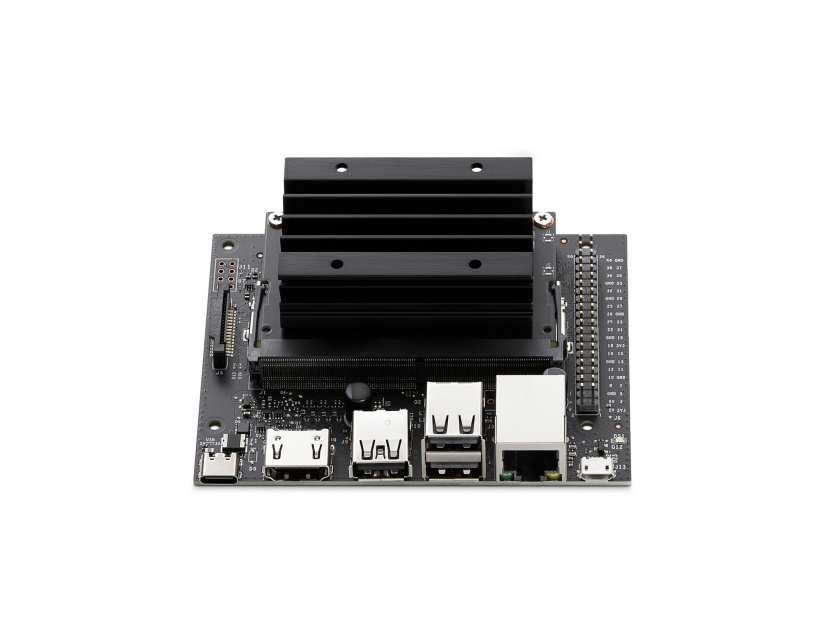
- GPU: 128-core NVIDIA Maxwell™ architecture-based GPU
- CPU: Quad-core ARM® A57
- Video: 4K @ 30 fps (H.264/H.265) / 4K @ 60 fps (H.264/H.265) encode and decode
- Camera: MIPI CSI-2 DPHY lanes, 12x (Module) and 1x (Developer Kit)
- Memory: 2GB 64-bit LPDDR4; 25.6 gigabytes/second
- Connectivity: Gigabit Ethernet
- OS Support: Linux for Tegra®
- Module Size: 70mm x 45mm
- Developer Kit Size: 100mm x 80mm
Jetson Nano Baseboard specs:
- USB: 3x USB (2x 2.0, 1x 3.0), USB 2.0 Micro-B
- Camera: 1x MIPI CSI-2 DPHY lanes (Raspberry Pi camera compatible)
- LAN: Gigabit Ethernet
- Display: HDMI 2.0
- Other I/O: GPIO, I2C, I2S, SPI, UART
- Power: 5v via microSD or barrel jack
What is the NVIDIA Jetson Nano 2GB Dev Kit?
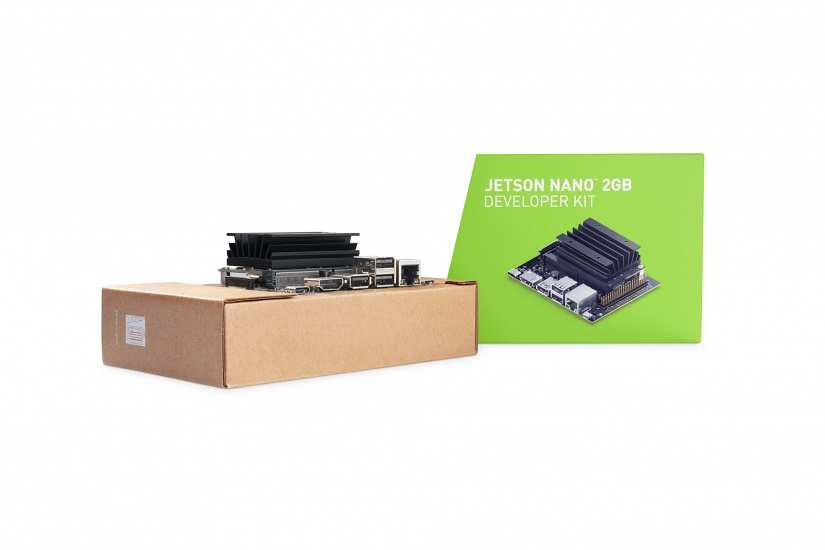
As the name suggests, the NVIDIA Jetson Nano dev kit is basically the exact same board as the original Jetson Nano with one difference: The 2GB Jetson Nano comes with, you guessed it, 2GB of 64-bit LPDDR4 RAM rather than 4GB on the vanilla Jetson Nano. You'll still find a beefy 128-core NVIDIA Maxwell GPU, quad-core ARM A57 CPU, and excellent inputs/outputs (I/O) including a MIPI CSI-2 plus GPIOP pins. Delivering a whopping 472 GFLOPS of compute performance, the NVIDIA Jetson Nano offers an affordable, accessible artificial intelligence platform.
However, the 2GB NVIDIA Jetson Nano does come with a few differences. When comparing the 4GB and 2GB Jetson Nano SBCs, the 2GB variant nixes a DisplayPort for HDMI, whereas the 4GB model rocks both DP and HDMI. You'll miss out on the second CSI camera connector, an M.2 slot, and lose one USB port. While the 4GB NVIDIA Jetson Nano features four USB 3.0 ports, only one of the Jetson Nano 2GB variants three USB ports us USB 3.0.
Nvidia Jetson Nano Benchmarks
In benchmarks, the Jetson Nano performed incredibly well at deep learning inference. The Jetson Nano clocked in 36 frames per second (FPS) at ResNet-50 benchmarks, 27 FPS on SSD Mobilenet-V@ (480x272) benchmarks, and 39 FPS in SSD Mobilenet-V2 (300x300) benchmarks. Similarly, multistream analytics allow the Jetson Nano to process as many as eight high-definition full-motion video streams in real-time. Theoretically, the 2GB NVIDIA Jetson Nano dev kit should deliver similar performance since its GPU and CPU remain unchanged. For GPU and CUP intensive tasks, performance should remain virtually unchanged. And theoretically, half the RAM of the 4GB model shouldn't make a huge impact, although in reality some applications might not run quite as well.
The NVIDIA Jetson Nano 2GB Dev Kit - AI and Robotics Applications
There's not much the NVIDIA Jetson Nano can't do. Its beefy CPU and GPU combo allow for seamless desktop use when paired with a compatible ARM Tegra Linux operating system (OS). You could use the Jetson Nano as a basic Linux desktop PC, for retro gaming emulation, and a slew of other use cases. However, the Jetson Nano is aimed at robotics and artificial intelligence applications. The JetBot is an open-source autonomous robotics kit that sports all hardware and software necessary to build an AI-powered deep learning autonomous vehicle. Boasting compatibility with the NVIDIA JetPack SDK which comes with an NVIDIA container runtime and full-on Linux software development environment as well as the same NVIDIA CUDA-X accelerated computing stack that enables a slew of AI devices such as smart cities and self-driving cars, the Jetson Nano 2GB is an absolute beast.
“While today’s students and engineers are programming computers, in the near future they’ll be interacting with, and imparting AI to, robots,” said Deepu Talla, vice president and general manager of Edge Computing at NVIDIA. “The new Jetson Nano is the ultimate starter AI computer that allows hands-on learning and experimentation at an incredibly affordable price.”
Jim McGregor, principal analyst at Tarias Research, further explains “NVIDIA’s Jetson is driving the biggest revolution in industrial AIoT. With the new Jetson Nano 2GB, NVIDIA opens up AI learning and development to a broader audience, using the same software stack as its data center AI computing platform.”
Should You Buy the NVIDIA Jetson Nano 2GB Developer Kit?
By shaving a bit off the price and RAM, the NVIDIA Jetson Nano 2GB dev kit directly competes with the Raspberry Pi 4 in price. The Raspberry Pi 4 comes in 1GB, 2GB, 4GB, and 8GB variants which range from $30 USD for a 1GB RAM Raspberry Pi 4 to around $75 on the 8GB Pi 4. While the Pi 4 can handle TensorFlow and Artificial Intelligence, it's not nearly as capable on its own. Adding the Google Coral USB Accelerator for instance greatly improves the Raspberry Pi's machine learning capabilities. Despite its additional RAM, Pi 4 and Jetson Nano prove pretty similar until a GPU comparison. The Pi 4 sports a Broadcom VideoCore VI 32-bit GPU versus the NVIDIA Maxwell GPU in the Jetson Nano with its 128 CUDA corea @ 921Mhz. in fact, this is the exact same GPU as found in Nintendo's Switch game console, except that the Switch features four more Cortex-A53 cores in the onboard NVIDIA Tegra X1 system-on-a-chip (S0C). So the Jetson Nano 2GB moves closer to the Raspberry Pi 4 in price while maintaining far better out-of-the-box AI and robotics capabilities.
Aside from the Raspberry Pi 4, the Nvidia Jetson Nano 2GB dev kit competes with SBCs like the Google Coral Dev Board, Rock Pi N10, and BeagleBone AI. The Google Coral Dev Board is pretty solid, although mostly suited to machine learning. The BeagleBone AI, despite its low price tag, doesn't have the performance oomph to stack up against the 2GB Jetson Nano. You'll find more RAM on some boards as well as x86 processors on boards like the UDOO Bolt, albeit at a much higher price tag. NVIDIA also offers its Jetson Xavier NX with more processing power and a higher price tag. Ultimately, the price-to-performance ratio of the NVIDIA Jetson Nano 2GB makes it a compelling choice, and an absolute must-buy. Unless you need the extra 2GB of RAM on the 4GB variant for multi-tasking, the 2GB unit is a great, scalable entry point to AI and robotics making at home.
Raspberry Pi 4 vs. NVIDIA Jetson Nano 2GB
Previously, with the 4GB Jetson Nano priced at around $100 USD, the difference between the Raspberry Pi 4 and the Jetson Nano seemed fairly substantial. For the price of a 4GB Jetson Nano, you could get two or even three Raspberry Pi boards. And despite the Jetson Nano's beefy GPU which handily trounces that of the RasPi 4, the Pi 4's CPU bests the Jetson Nano's. Since the NVIDIA Jetson Nano is intended for AI and robotics, it's engineered for more GPU-heavy computing. And truthfully, its CPU is no slouch. Lack of Bluetooth and Wi-Fi might be a downside fr some users, but the new 2GB Jetson Nano, despite not having built-in wireless, comes with a USB Wi-Fi dongle that works out of the box. If you're using a single-board computer for RAM or CPU intensive tasks such as a basic desktop and retro gaming emulation, the Pi is a great choice. Even for networking-heavy projects, the Raspberry Pi is a compelling choice. But for robotics and artificial intelligence making such as machine learning or object recognition, the Jetson Nano clocks in AI benchmarks in OpenPose, ResNet, and YOLO V4 as high as 73 times that of the Pi 4.
Who is the NVIDIA Jetson Nano 2GB for?
Engineered as a more affordable alternative to the NVIDIA Jetson Nano 4GB or even NVIDIA's own Jetson Xavier NX, the 2GB Jetson Nano is perfect for students, educators, or makers looking to get hands-on with AI making at home on a budget. Despite shaving off a few features and trimming down the RAM, performance impacts shouldn't be noticeable. As such, it's a sweet, affordable device for robotics, machine learning, and a slew of other applications. If you need more power, you could always graduate to the more powerful NVIDIA Xavier NX or even the UDOO Bolt.
Should you buy the NVIDIA Jetson Nano 2GB: Absolutely
NVIDIA Jetson Nano 2GB Dev Kit Announced - Final Thoughts
Once again, NVIDIA continues to impress us. Whether its new consumer-facing GPUs for gaming, applying artificial intelligence breakthroughs to its NVIDIA Shield TV Android TV streaming box for 4K AI upscaling, or a updates to SBCs like the Jetson lineup, there's always something fresh on the horizon. And the 2GB Jetson Nano proves incredibly exciting. It knocks off a bit of RAM and a lot of the price tag with virtually no performance loss for AI and robotics applications. As such, the NVIDIA Jetson Nano only becomes better and more versatile in its ability to offer an affordable entry to artificial intelligence tinkering. For about the price of a Raspberry Pi 4, you get an SBC capable of out-of-the-box AI.
Your turn: Will you be getting an NVIDIA Jetson Nano 2GB dev kit?






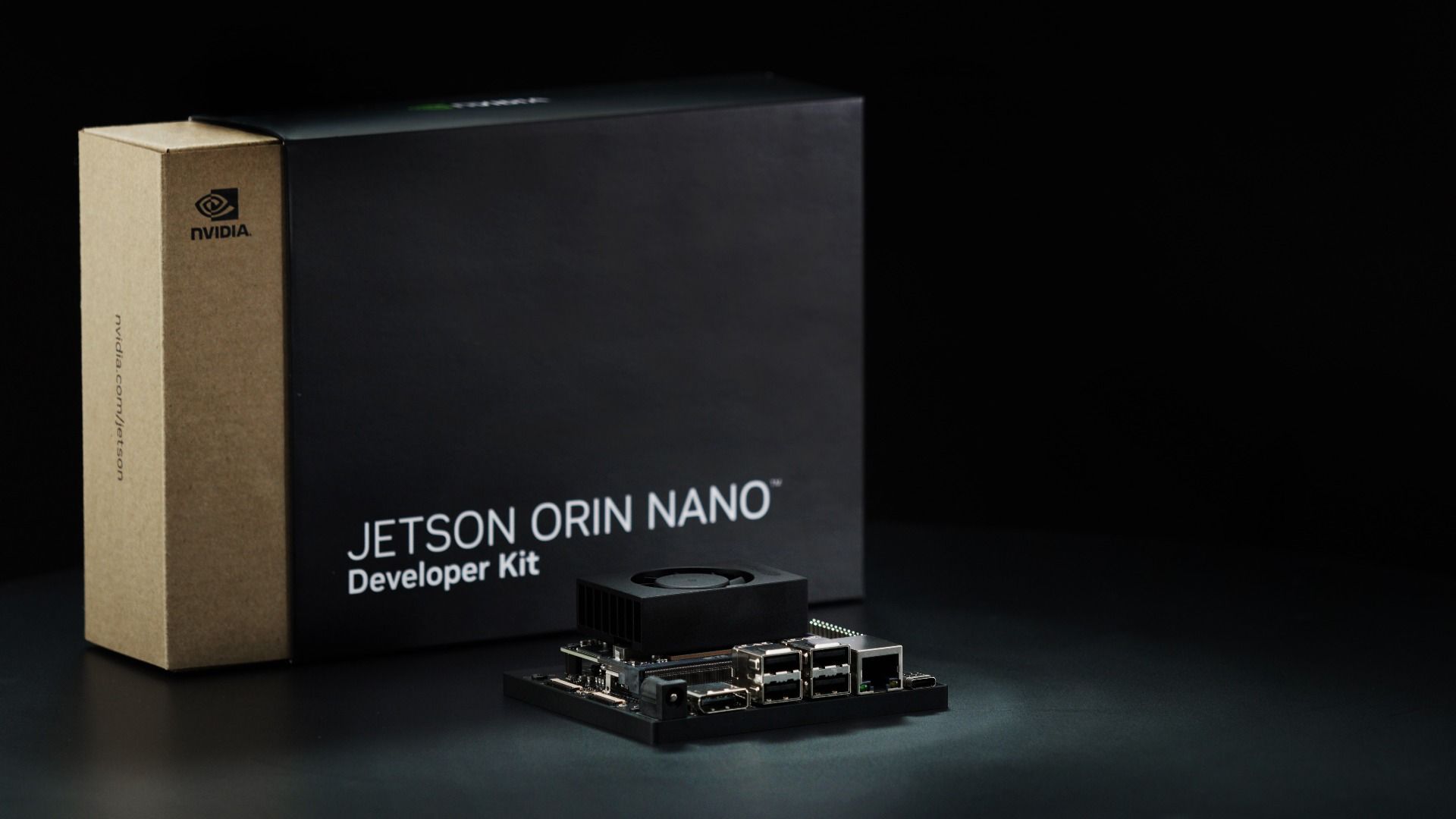
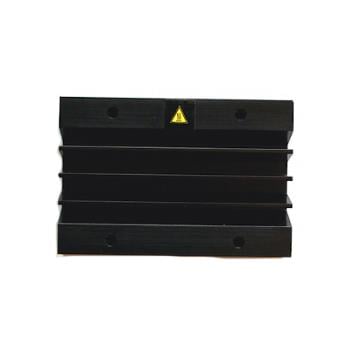
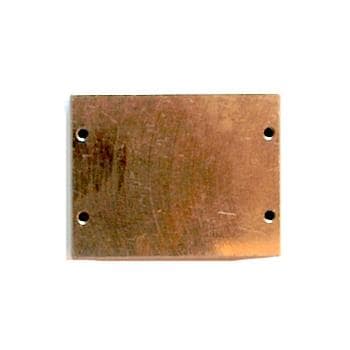
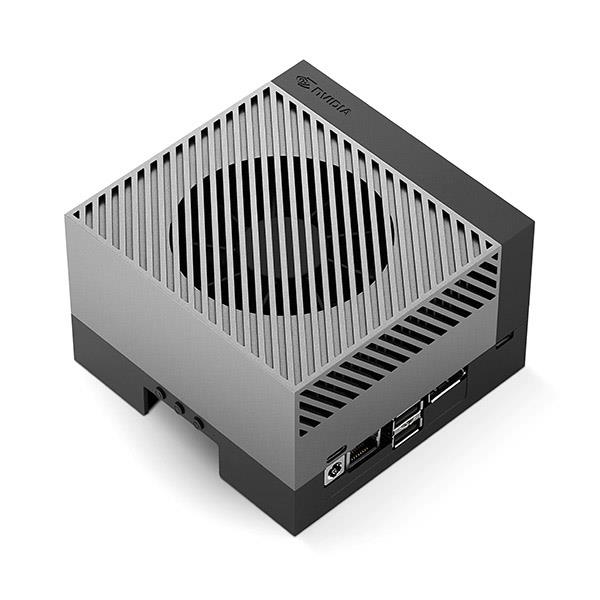
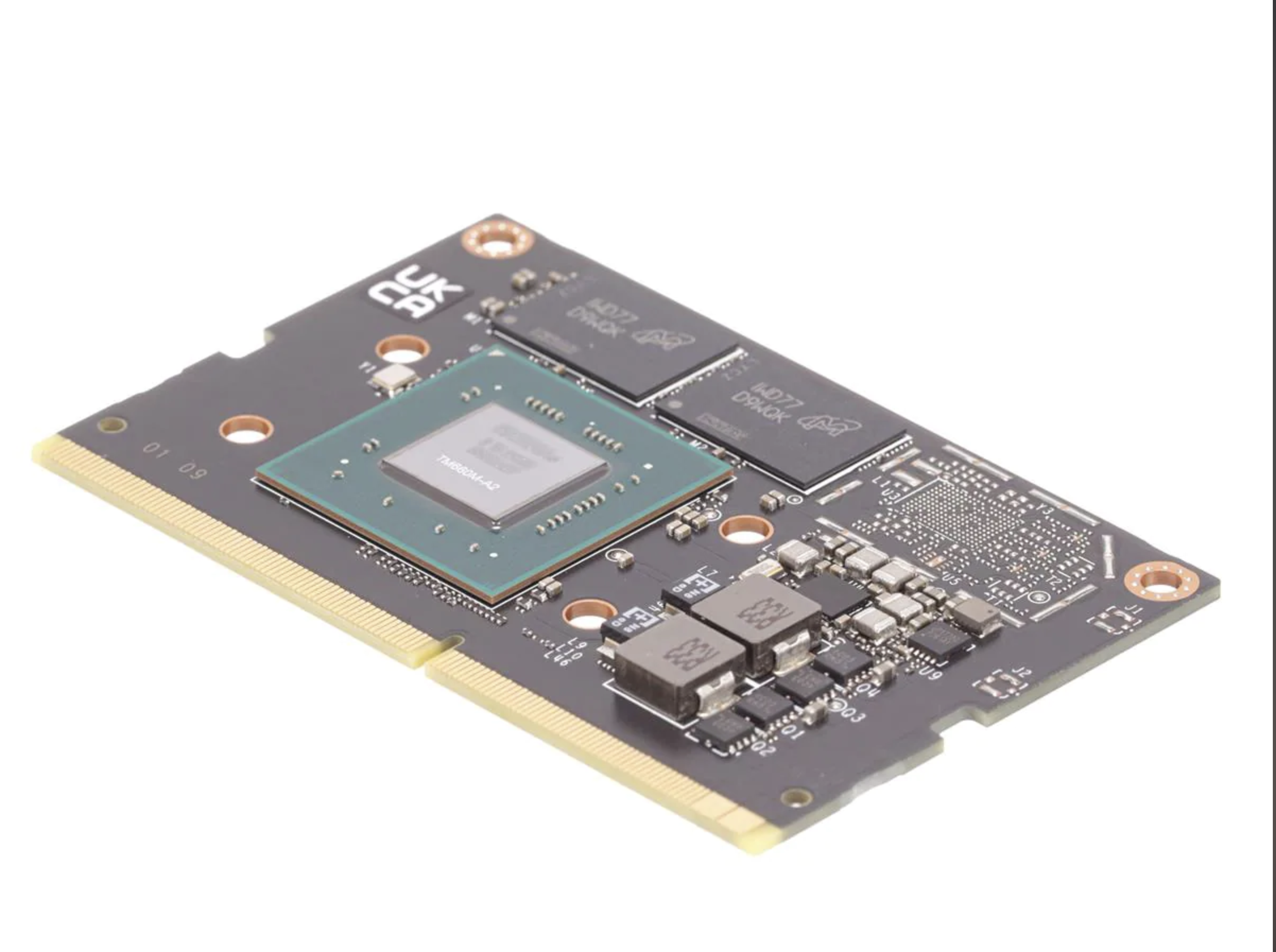
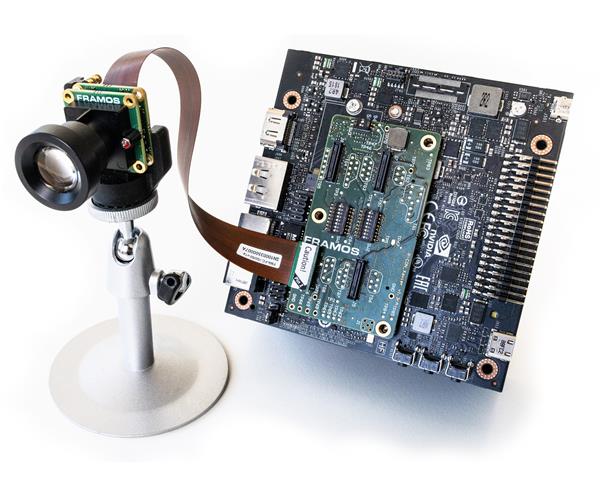
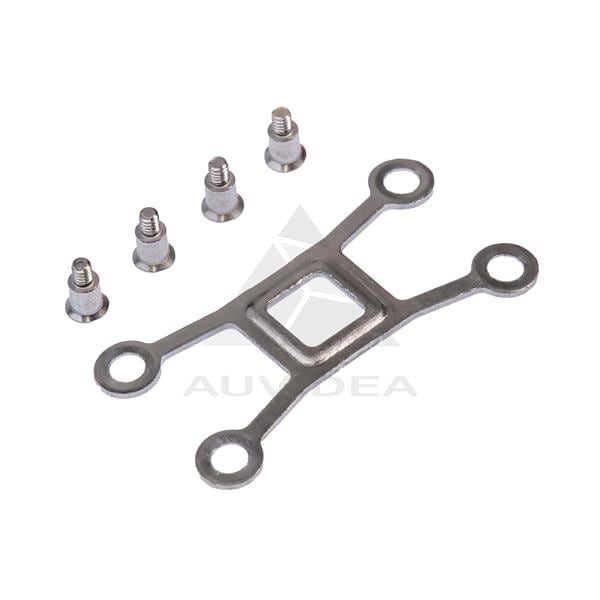
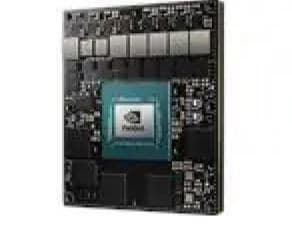

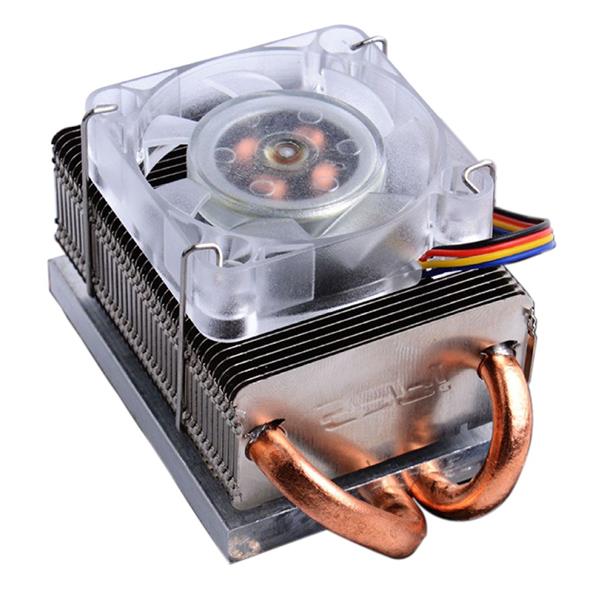
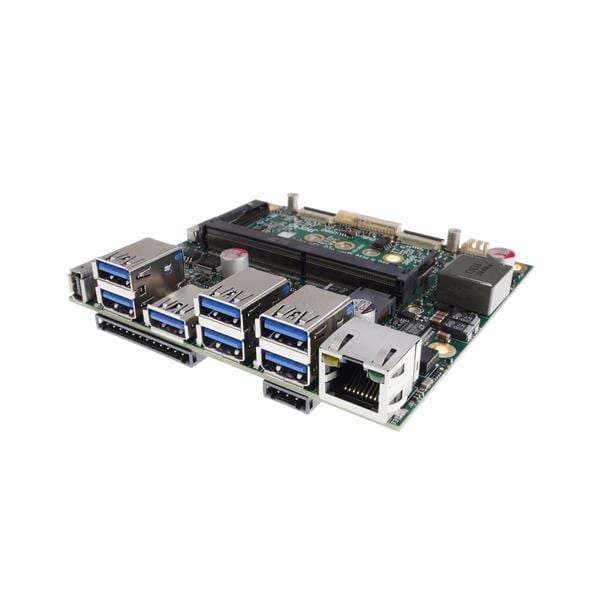
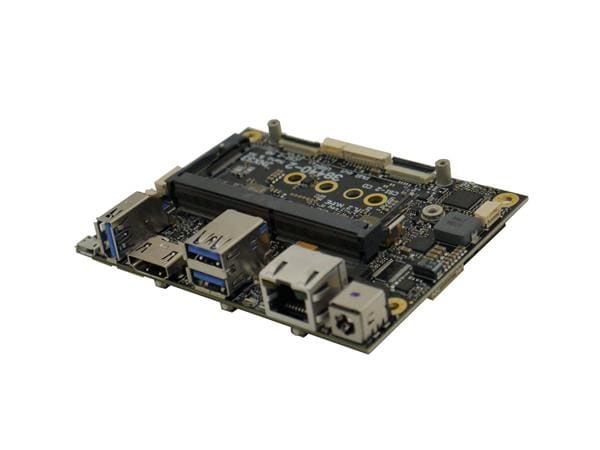
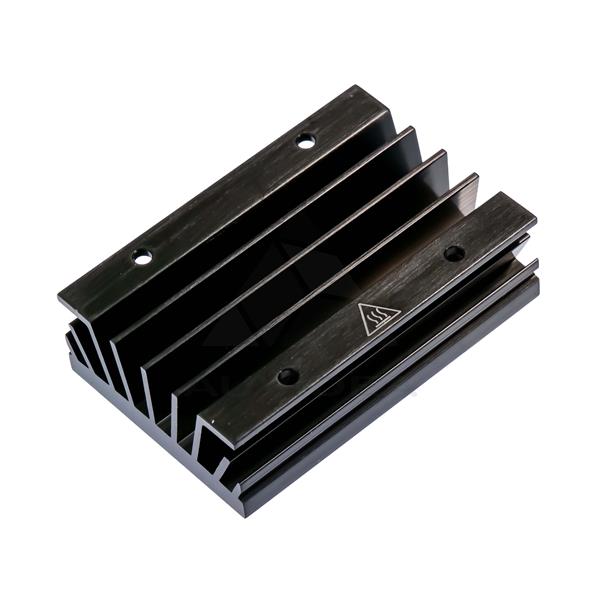
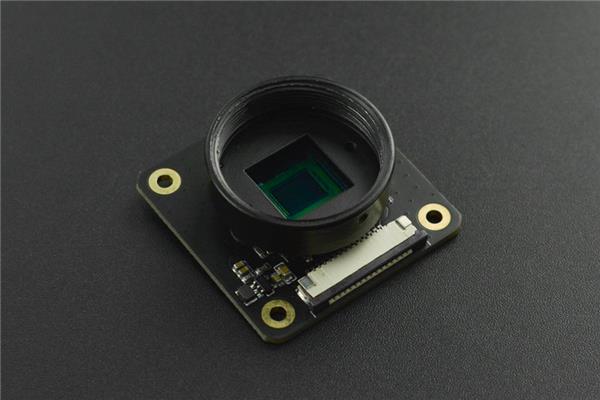
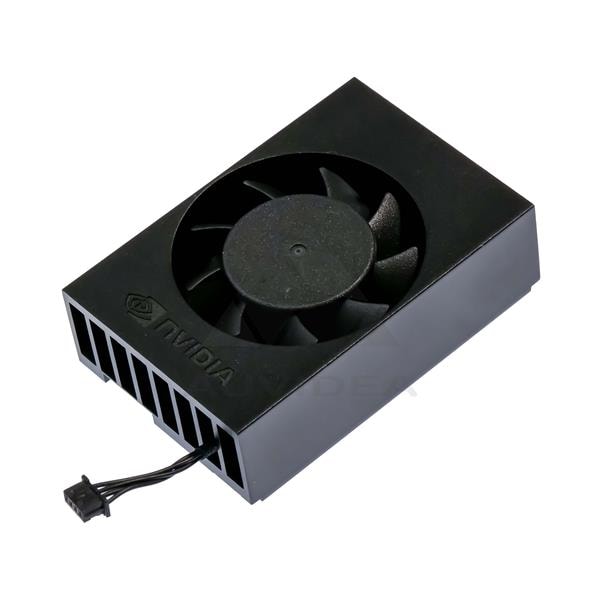
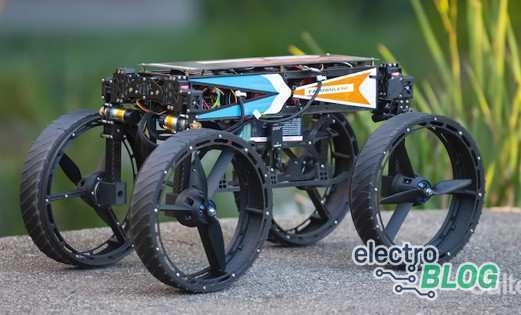
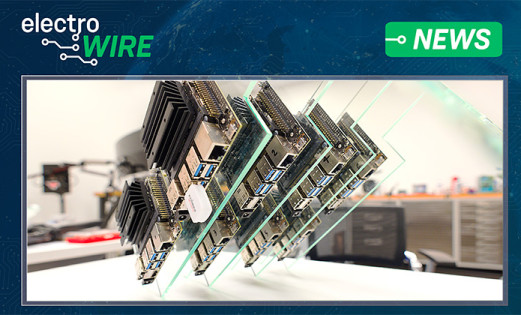
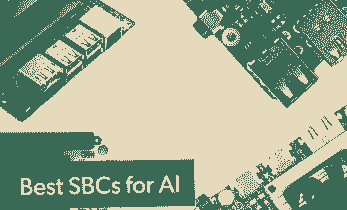
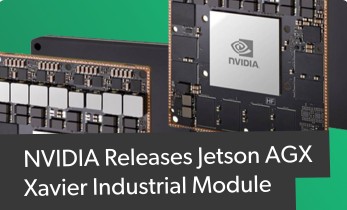
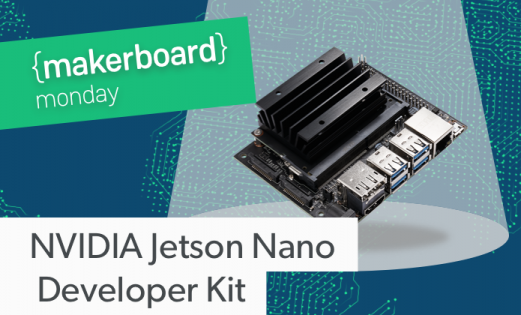
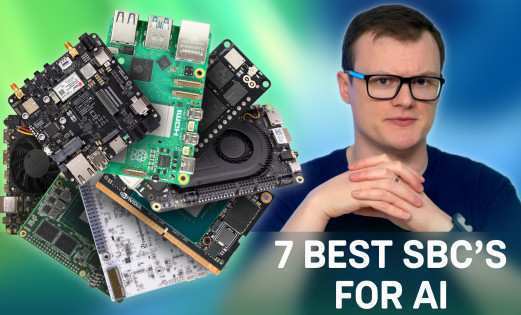
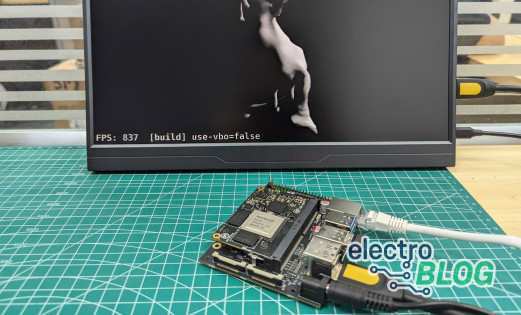
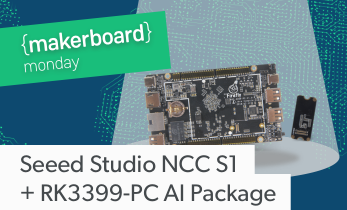
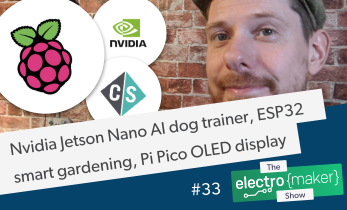
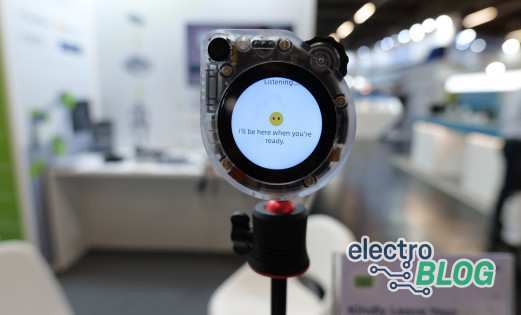
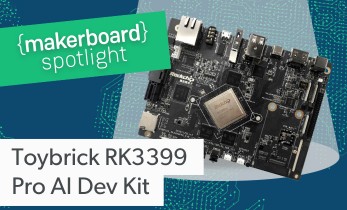
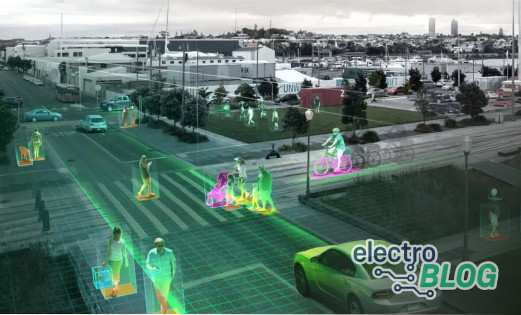
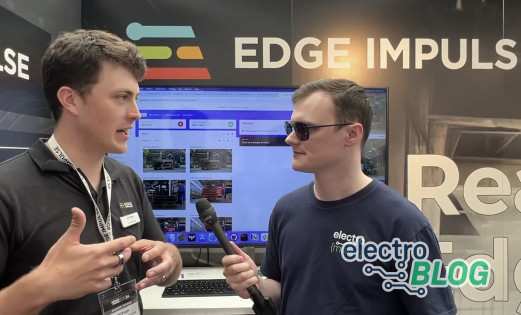


Leave your feedback...